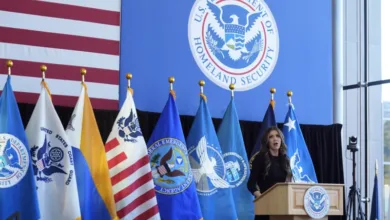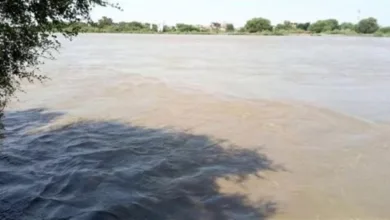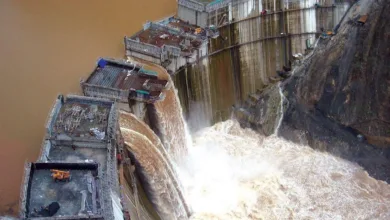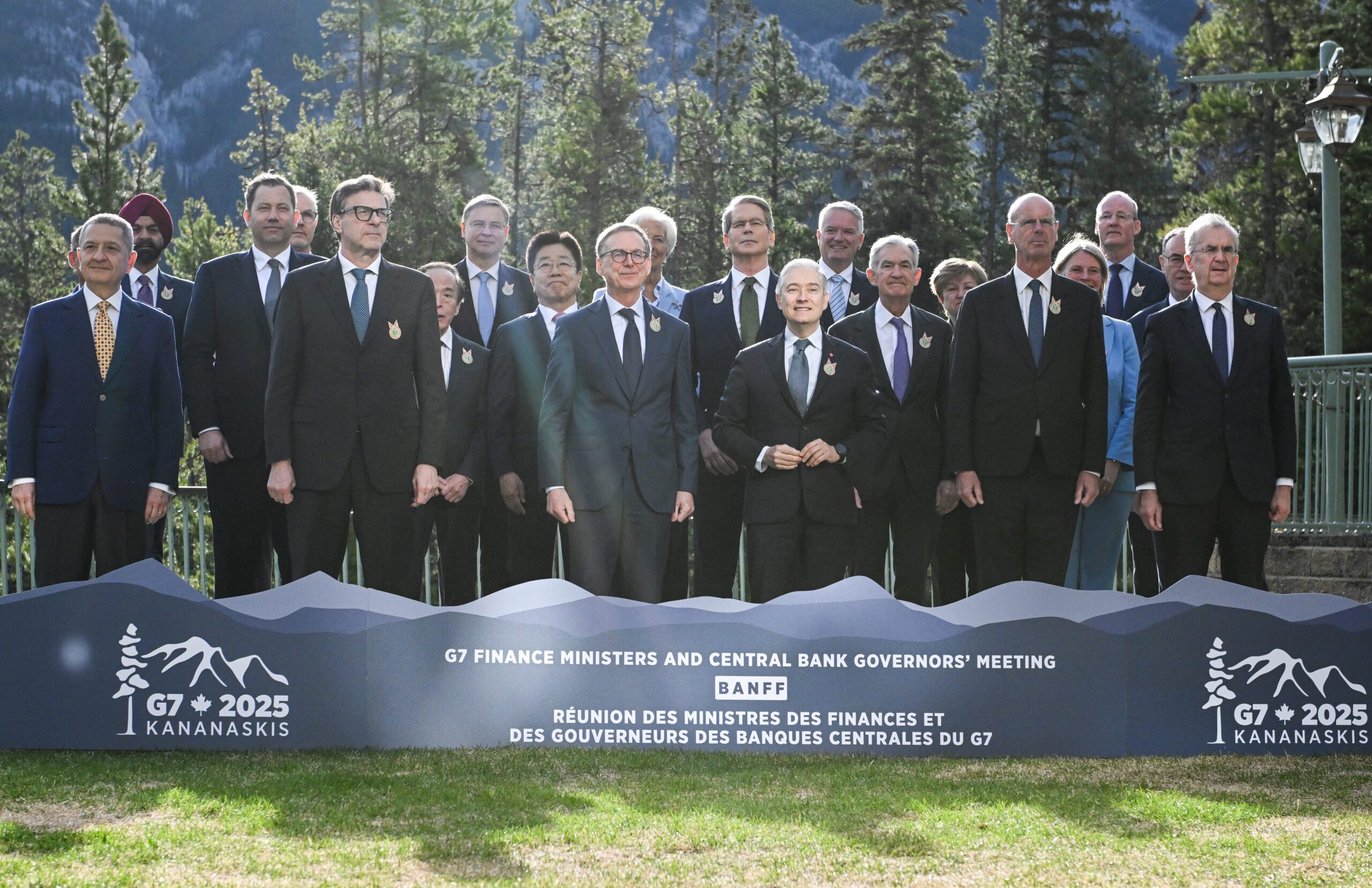Hamas Relinquishes Role in Transitional Gaza Governance — How Negotiations and the Trump Plan Shape the Next Steps
After the Ceasefire: Why Hamas Declined to Run Gaza in the Transitional Phase
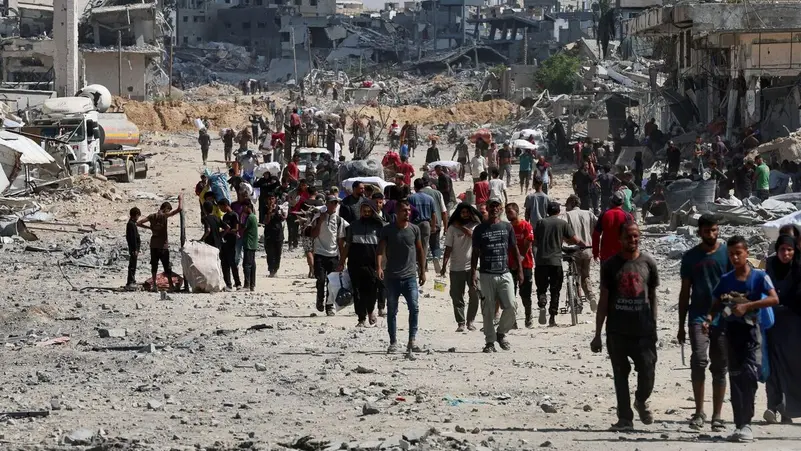
A senior Hamas source close to the negotiating team told AFP that the movement will not participate in governing Gaza during the transitional period that follows the recent ceasefire — a statement that, if confirmed, reshapes the political roadmap for the territory and the diplomacy surrounding the upcoming Sharm El-Sheikh summit. Why would Hamas step back from governing the Strip while remaining a core part of the Palestinian political fabric? Could a decision to cede administrative control ease the way for international stabilization forces and reconstruction, or will it deepen internal Palestinian divisions and complicate implementation on the ground?
This article explains the key announcements and timeline, how major mediators (Egypt, Qatar and the United States) are positioning themselves, what U.S. President Donald Trump’s recently unveiled 20-point plan proposes, and what the short- and medium-term scenarios might look like for Gaza and the wider region. We also summarize reactions from Hamas, Israeli officials, and mediators — and outline the practical questions that now face negotiators and civilians alike. Times of Israel+1
What Was Announced — the Core Facts
-
A Hamas source close to the negotiating committee told AFP that Hamas will not participate in the transitional governance of Gaza and has “relinquished control” for the transitional phase, while insisting it remains part of the Palestinian political fabric. Times of Israel
-
Hamas political bureau member Hossam (Hussam) Badran separately said the movement will not attend the formal signing ceremony at the Sharm El-Sheikh summit, noting that Hamas has acted primarily through mediators in Qatar and Egypt.
-
The international summit in Sharm El-Sheikh — co-chaired by Egyptian President Abdel Fattah el-Sisi and U.S. President Donald Trump and expected to host many global leaders — aims to consolidate the ceasefire and begin implementing aspects of Trump’s 20-point plan announced on 29 September. Reuters+1
Why Hamas Might Step Back from Transitional Rule
Negotiating Strategy and Political Messaging
Hamas may calculate that not participating visibly in a transitional administration reduces its direct exposure to accountability for governance failures during recovery and reconstruction. By allowing technocrats or internationally supervised bodies to run the transitional phase, Hamas preserves political capital while avoiding the immediate burden of rebuilding.
Pressure from International Demands
Key elements of the U.S. plan call for demilitarization and international stabilization measures and suggest Gaza be governed temporarily by non-Hamas actors or supervised technocrats — conditions Hamas has historically opposed. Relinquishing formal rule — while still holding out political influence behind the scenes — could be a tactical move to keep bargaining leverage without formally conceding core positions. The White House
What the Trump 20-Point Plan Proposes (Brief Overview)
The White House plan announced on 29 September lays out a multi-phase approach: an immediate ceasefire and hostage returns, demilitarization steps, international stabilization forces, transitional governance mechanisms, and a pathway toward reconstruction and longer-term political arrangements. The plan’s emphasis on external oversight and disarmament directly informs why mediators and parties are discussing non-Hamas roles during the transition. The White House+1
Practical Implications on the Ground
Security and Stabilization
If Hamas formally steps back from transitional governance, international or regional forces may be invited to stabilize borders, secure crossings, and protect reconstruction convoys. But deploying such forces requires broad political buy-in and clear mandates — which remain politically fraught.
Humanitarian and Reconstruction Work
A transitional administration could speed up international aid distribution, clearing bureaucratic hurdles. However, exclusion of a major local actor risks logistical friction and may undermine local cooperation unless clear guarantees are offered to Gaza’s population.
Prisoner Releases and Verification
Hamas’ decision not to join the formal signing does not necessarily halt prisoner-exchange mechanics; mediators (Egypt, Qatar, the U.S.) have been central to arranging releases, and the process may proceed even without Hamas’ ceremonial presence.
Responses from Key Players
Hamas
Official spokespeople have framed non-participation as a refusal to be part of an externally imposed administration, while affirming their continued role as a core Palestinian actor. Hamas leadership emphasizes that negotiations were conducted through mediators rather than direct summit attendance. جيروزاليم بوست
Israel
Israel has shown mixed signals about participation in the summit; some reports suggested Israeli officials may attend, while other outlets noted Israel’s stance could be conditional on security guarantees and the deal’s details.
Mediators and International Community
Egypt and the U.S. are leading efforts to convert the ceasefire into durable arrangements. The Sharm El-Sheikh summit is intended to demonstrate international backing for stabilization and reconstruction steps, even if key non-state actors remain absent. Reuters+1
Frequently Asked Questions (FAQ)
1. Does Hamas’ refusal to govern mean it has completely surrendered political influence?
No. The reported refusal pertains to formal participation in transitional governance. Hamas can still exert influence through mediators, local networks, and informal channels. Times of Israel
2. Will the Sharm El-Sheikh summit proceed without Hamas?
Yes — leaders and mediators plan to go ahead to formalize the ceasefire and coordination for reconstruction, even if Hamas does not attend the signing ceremony. Reuters
3. What role does the U.S. plan play in this outcome?
President Trump’s 20-point plan frames the transitional phase around disarmament and external stabilization, which helps explain discussions about non-Hamas governance arrangements. The White House
4. Could this decision destabilize Gaza?
It could create tensions if local needs aren’t met or if key actors feel excluded. Effective local engagement and reliable mediator guarantees will be essential to prevent instability.
Conclusion
Hamas’ reported decision not to participate in transitional governance after the ceasefire represents a significant tactical shift that could smooth certain diplomatic paths while complicating legitimacy and implementation on the ground. The success of the Sharm El-Sheikh summit and the early phases of the 20-point plan will depend on whether mediators can translate ceasefire momentum into practical security, humanitarian relief, and credible local governance arrangements — without sidelining the realities of power inside Gaza. Times of Israel+1
Question for readers:
Do you think a transitional administration without Hamas could deliver faster reconstruction and security — or would excluding the movement make long-term peace harder to achieve?
Key sources: AFP reporting on Hamas statements; Reuters and The Guardian on the Sharm El-Sheikh summit; White House release and coverage of Trump’s 20-point plan; reporting on Hamas officials’ comments about summit attendance. The White House+3Times of Israel+3Reuters+3
